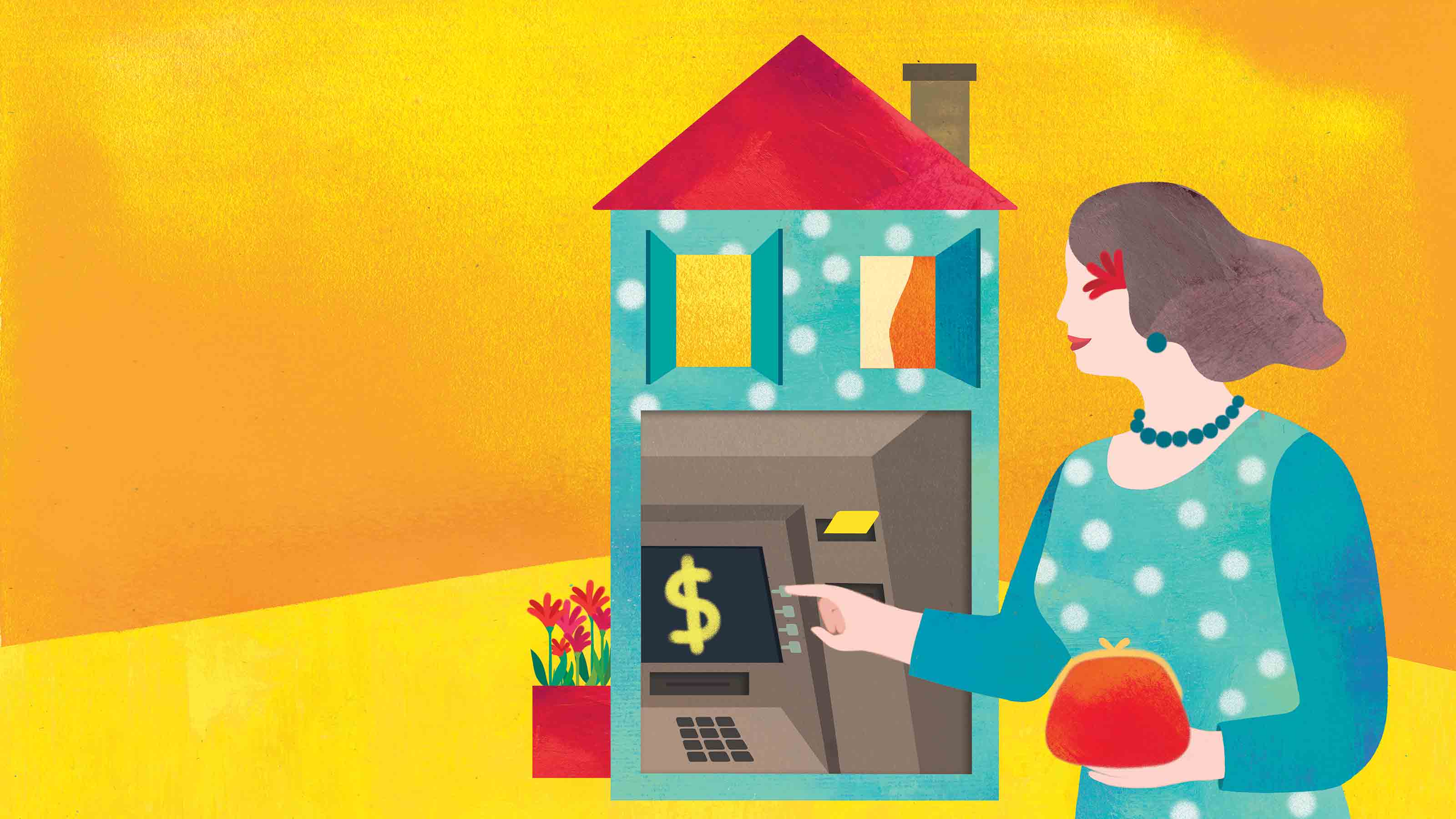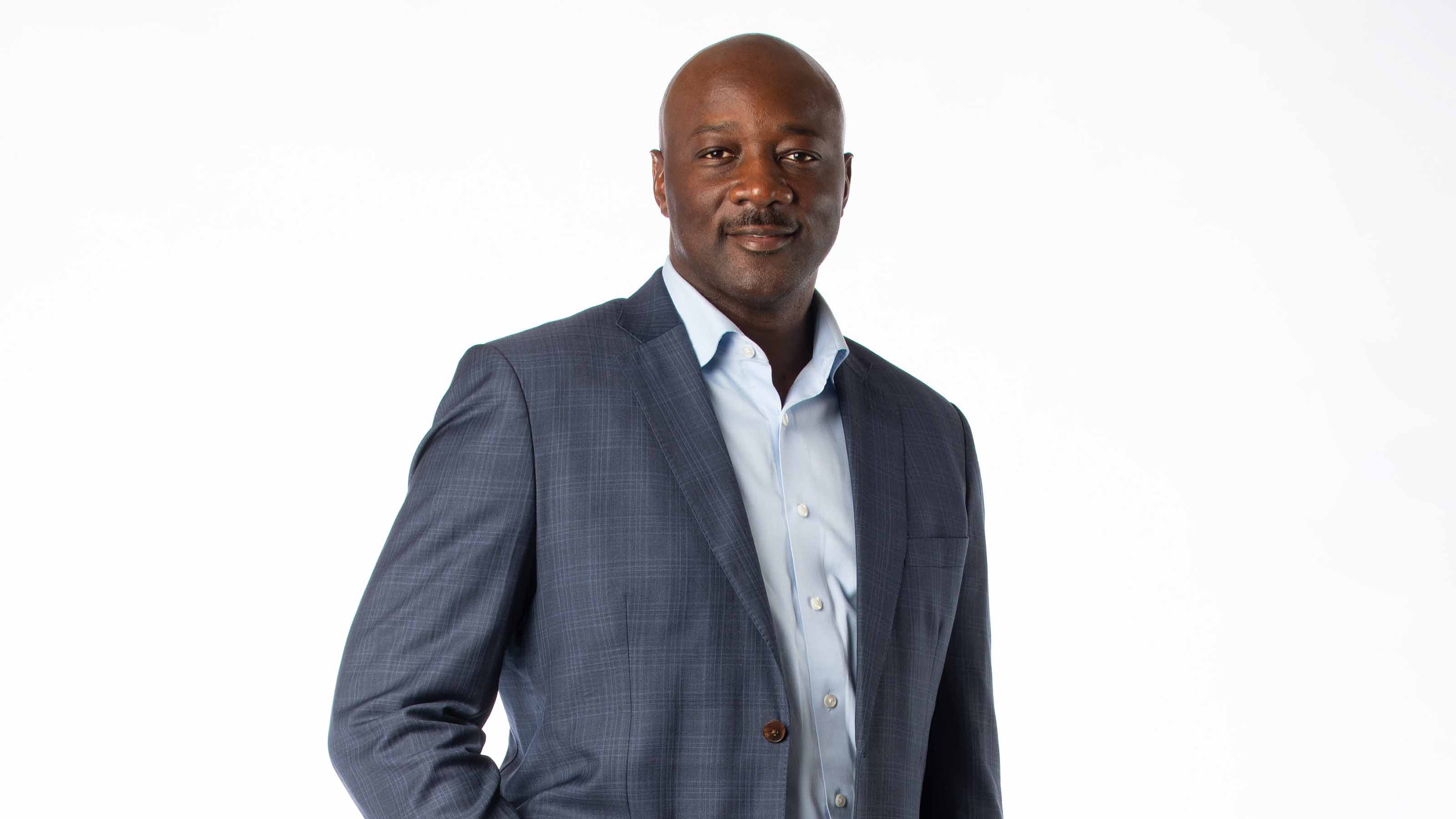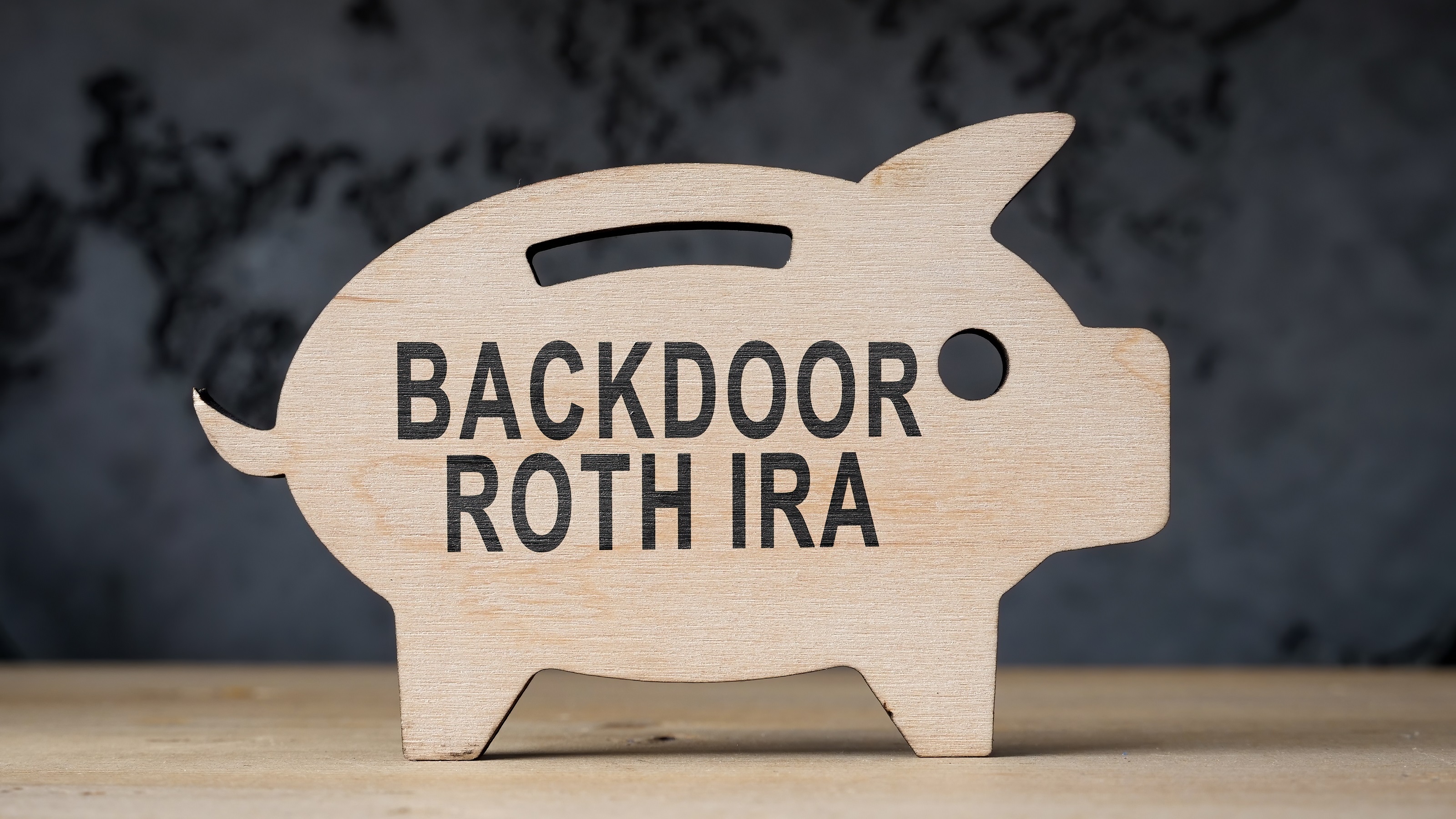Tap Your Home's Equity for Retirement Income
If you're looking for extra retirement income, it's worth checking close to home. We look at four ways to use your home equity.


Good news for retirees who are concerned about retirement income — because your home could provide the key to long-term security. Housing wealth, better known as home equity, hit a record $11.8 trillion for homeowners 62 and older in the third quarter of 2022, according to a report from the National Reverse Mortgage Lenders Association.
There are more ways than ever to turn your equity into a source of retirement income. Outside of a plain-vanilla mortgage refinance, retirees can access their home equity through a cash-out refinance, a home equity line of credit or a reverse mortgage. Or you can downsize (more on that below) and use the proceeds to beef up your nest egg. Read on to help determine the best option for you.
1. Refinance your mortgage
For many retirees, refinancing is the best option if you need to make your money work harder for you. It’s easy to do and even though rates have climbed since the historic lows of 2020 and 2021 if you can find a lower rate it can often be worth it.
From just $107.88 $24.99 for Kiplinger Personal Finance
Become a smarter, better informed investor. Subscribe from just $107.88 $24.99, plus get up to 4 Special Issues

Sign up for Kiplinger’s Free Newsletters
Profit and prosper with the best of expert advice on investing, taxes, retirement, personal finance and more - straight to your e-mail.
Profit and prosper with the best of expert advice - straight to your e-mail.
If you’re closing in on retirement, you probably don’t want a 30-year term. You can save even more on interest if you shorten the life of your loan, says Mari Adam, a certified financial planner for Mercer Advisors in Boca Raton, Fla. She advises clients to look into refinancing to a new 15-year mortgage. With a 15-year loan, your payments may be higher, but you’re accelerating the payoff, which means you’ll be mortgage-free quicker and save thousands on interest.
If your current mortgage rate is at least one percentage point above current rates, it’s usually a sign that it makes sense to refinance. But you may benefit from a refi even if your new rate would be less than a full point lower. You can compare rates from various lenders using our mortgage refinance tool, in partnership with Bankrate. Experts suggest getting at least three quotes before pulling the trigger.
Closing costs for refinancing typically range from 3% to 6% of your new loan amount, so knowing how long it will take to recoup closing costs — and when you plan to sell your home — is essential. You also want to double-check how much home equity you have, as it could affect your chances of qualifying for refinancing. Some lenders may allow you to refinance with as little as 5% equity, but you will get a better interest rate if you have 20% or more.
Another option for retirees who need extra income is a cash-out refinance. With a cash-out refi, the existing mortgage is replaced with a new, larger one that reflects the home’s current appraised value. Lenders will let you borrow up to 80% of your home’s value, including the new mortgage and the cash you take out. Interest rates on a cash-out refi are typically up to one-fourth of a percentage point higher than rates for a traditional refi. And even though cash up front is appealing, there are risks to this strategy, financial planners say.
“You don’t want to pull equity out of your home to finance your lifestyle,” says Lori Atwood, a certified financial planner and founder of Atwood Financial Planning. If the mortgage payment goes up, you might have to draw more from your savings to cover your larger mortgage payment each month, which could put you back into the cycle of needing cash, she says.
2. Borrow with a home equity line of credit (HELOC)
Another way to tap your home equity that won’t increase the size of your mortgage permanently is a home equity line of credit (HELOC). A HELOC is a revolving line of credit that you can tap whenever you need money by using a check, a credit or debit card connected to the account, or an electronic transfer. The rate is typically based on the prime rate plus a couple of percentage points. You’ll qualify for a better rate if you have a good credit score.
You may also be offered a much lower introductory rate on a HELOC. If you qualify for a deal, make sure you know how long it lasts. You may qualify for a discount of 0.25 to 0.5 percentage points on the standard rate if you already have a bank account with the lender (or agree to open one), sign up for automatic payments or agree to pay an annual fee of, say, $50. Look for a rate cap to keep borrowing costs manageable.
“If you run into periods when the market’s not returning what you hoped, a HELOC could tide you over so that you’re not selling your investments at a bad time,” says Keith Gumbinger, vice president of financial publisher HSH. “It’s kind of a temporary subsidy.” But temporary is the key word here — eventually, you won’t be able to withdraw any more from your line of credit and will have to start paying it back.
HELOCs provide an initial withdrawal period — usually 10 years — when you can borrow up to your limit. During that time, you may choose to make a minimum payment — typically 1% to 2% of the loan balance — or an interest-only payment if you qualify. You can usually prepay more without penalty. As you repay the principal, your available credit is replenished. After the draw period ends, you must begin making principal-and-interest payments, typically over 10 to 20 years. Closing costs for a home equity loan or line of credit run about 2% to 5% of the loan amount.
3. Take out a reverse mortgage
The number of reverse mortgages — a product well-known to anyone who watches daytime television — is expected to continue to rise this year. Part of the reason is that the pandemic forced some workers to retire earlier than planned.
A reverse mortgage allows retirees 62 and older to convert home equity into a lump sum or a line of credit. However, instead of making monthly payments as you would with a traditional mortgage, withdrawals accumulate and interest on them accrues until the loan is due. And you don’t have to repay the loan as long as you live in the home. Typically, repayment is triggered once the last surviving owner dies or moves into an assisted living facility or some other type of housing for more than 12 months. The house remains in your name as long as you pay property taxes and insurance.
When you or your heirs sell your home to repay the reverse mortgage, you’ll never owe more than the value of your home. If your home sells for more than you owe, you or your heirs keep the excess amount. If your heirs want to keep the home, they can refinance the reverse mortgage, or pay the outstanding debt or 95% of the home’s appraised value, whichever is less.
The requirements for who qualifies have gotten tighter over the years, so just being 62 isn’t enough. You must own the property outright or have paid down a considerable amount of the mortgage. You must also occupy the home as your primary residence. Lenders will review your income and credit history to ensure you can afford to stay in the home and keep it in good condition. They will also determine if your income is sufficient to cover property taxes, insurance and any other fees, such as closing costs and account-service fees. If the lender determines you can’t handle those costs, it will set aside funds from your payout in an escrow account and pay those bills for you, reducing the amount of the loan you have access to.
The maximum payout, or principal limit, or claim amount that you qualify for depends on your age, as well as current interest rates and the appraised value of your home. The maximum payout for reverse mortgages was increased, by the Federal Housing Association (FHA) for 2023 to a record $1,089,300.
Before you take out a reverse mortgage or any other product that taps your home equity, talk it over with your family, says Gumbinger. “No one wants to talk about their finances, but you are thinking about making changes that could affect your spouse or your kids in the future — especially in the case of taking out a reverse mortgage,” he says. If you have a financial adviser, set up a session to discuss the pros and cons before signing on the dotted line.
4. Downsize and invest the cash
All good things come to an end, including the need for a family-size home. You may have believed you were going to live there forever, but don’t let nostalgia keep you in a home you no longer can afford or need.
Ideally, downsizing allows you to buy a smaller home outright without needing a mortgage or shrinking the size of your mortgage payments. Both scenarios free up cash for other retirement needs, such as paying for health care costs. It also allows you to reduce withdrawals from your retirement accounts, giving your investments more time to grow. Plus, adding proceeds from your home sale to your retirement savings will give your nest egg a boost.
If downsizing is part of your retirement plan, get ready for some trade-offs as you move from home seller to home buyer. The inventory of homes for sale is at a record low, which means homes aren’t staying on the market long. Many sellers are receiving multiple offers at or above list price, says Len Sarvela, a realtor in Duluth, Minn. Once you’re in the market as a buyer, however, you may have a hard time finding the house you want, even if you’re downsizing. If you decide to rent, you’re set.
Profit and prosper with the best of Kiplinger's advice on investing, taxes, retirement, personal finance and much more. Delivered daily. Enter your email in the box and click Sign Me Up.

Rivan joined Kiplinger on Leap Day 2016 as a reporter for Kiplinger's Personal Finance magazine. A Michigan native, she graduated from the University of Michigan in 2014 and from there freelanced as a local copy editor and proofreader, and served as a research assistant to a local Detroit journalist. Her work has been featured in the Ann Arbor Observer and Sage Business Researcher. She is currently assistant editor, personal finance at The Washington Post.
-
 How to Safely Open an Online Savings Account
How to Safely Open an Online Savings AccountOnline banks offer generous APYs that most brick-and-mortar banks can't match. If you want to make the switch to online but have been hesitant, I'll show you how to do it safely.
-
 7 Ways to Age Gracefully Like the Best Stock Photo Seniors
7 Ways to Age Gracefully Like the Best Stock Photo SeniorsAs a retirement editor, I've gleaned valuable wisdom (and a lot of laughs) from one older couple that tops the seniors' stock photo charts.
-
 My First $1 Million: Banking Executive, 48, Southeast U.S.
My First $1 Million: Banking Executive, 48, Southeast U.S.Ever wonder how someone who's made a million dollars or more did it? Kiplinger's My First $1 Million series uncovers the answers.
-
 Money for Your Kids? Three Ways Trump's ‘Big Beautiful Bill’ Impacts Your Child's Finances
Money for Your Kids? Three Ways Trump's ‘Big Beautiful Bill’ Impacts Your Child's FinancesTax Tips The Trump tax bill could help your child with future education and homebuying costs. Here’s how.
-
 Key 2025 Tax Changes for Parents in Trump's Megabill
Key 2025 Tax Changes for Parents in Trump's MegabillTax Changes Are you a parent? The so-called ‘One Big Beautiful Bill’ (OBBB) impacts several key tax incentives that can affect your family this year and beyond.
-
 What Does Medicare Not Cover? Eight Things You Should Know
What Does Medicare Not Cover? Eight Things You Should KnowMedicare Part A and Part B leave gaps in your healthcare coverage. But Medicare Advantage has problems, too.
-
 How to Benefit From Rising Interest Rates
How to Benefit From Rising Interest RatesFinancial Planning Savers will get the best rates from top-yielding savings and money market deposit accounts at online banks.
-
 Donor-Advised Funds: The Gift That Keeps on Giving
Donor-Advised Funds: The Gift That Keeps on GivingFinancial Planning Expert guidance on how this charitable vehicle can make a difference.
-
 PODCAST: Tax Breaks for College Finance with Kalman Chany
PODCAST: Tax Breaks for College Finance with Kalman ChanyPaying for College Paying for (ever-pricier) college is a challenge that this consultant meets head on with highly specific guidance.
-
 Reading, Writing, and Personal Finance
Reading, Writing, and Personal FinanceRaising Money-Smart Kids A growing number of high schools are adding personal finance to their curriculum.
-
 Backdoor Roth IRAs: Good for Wealthy Retirees?
Backdoor Roth IRAs: Good for Wealthy Retirees?Financial Planning A backdoor Roth IRA is a tax loophole that enables wealthier individuals to earn tax-free income. But it's complicated.